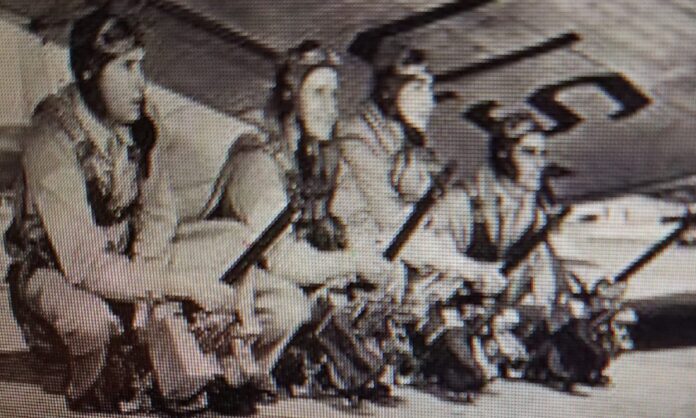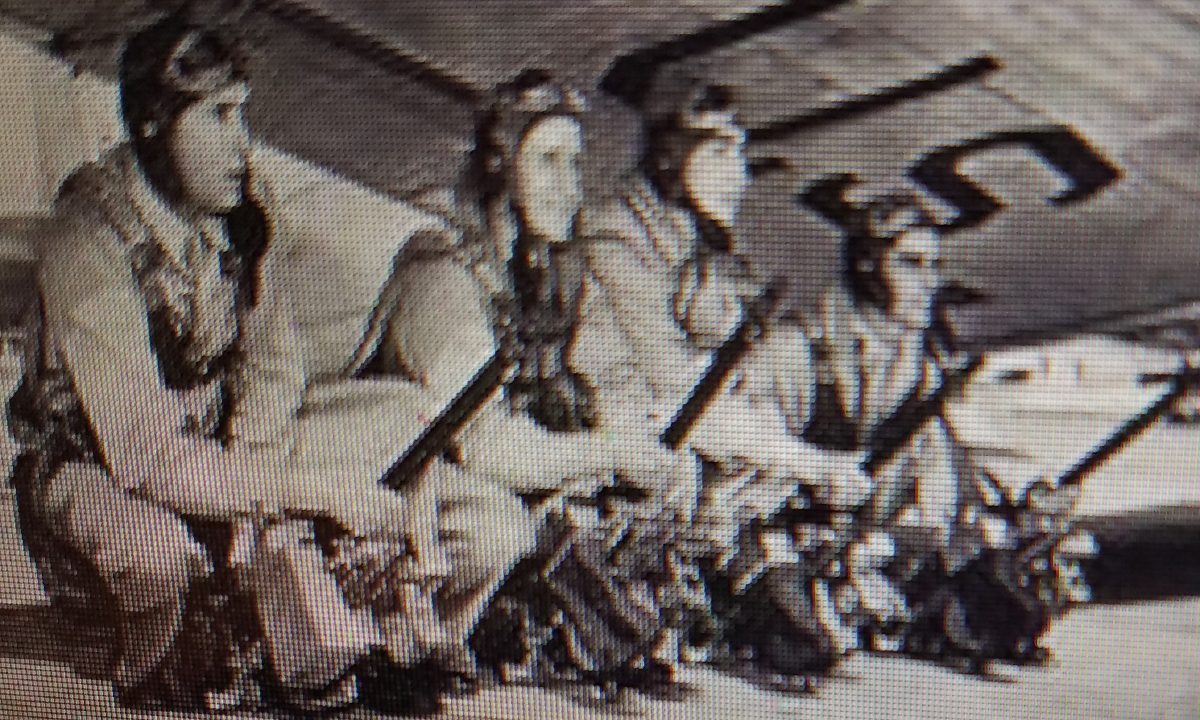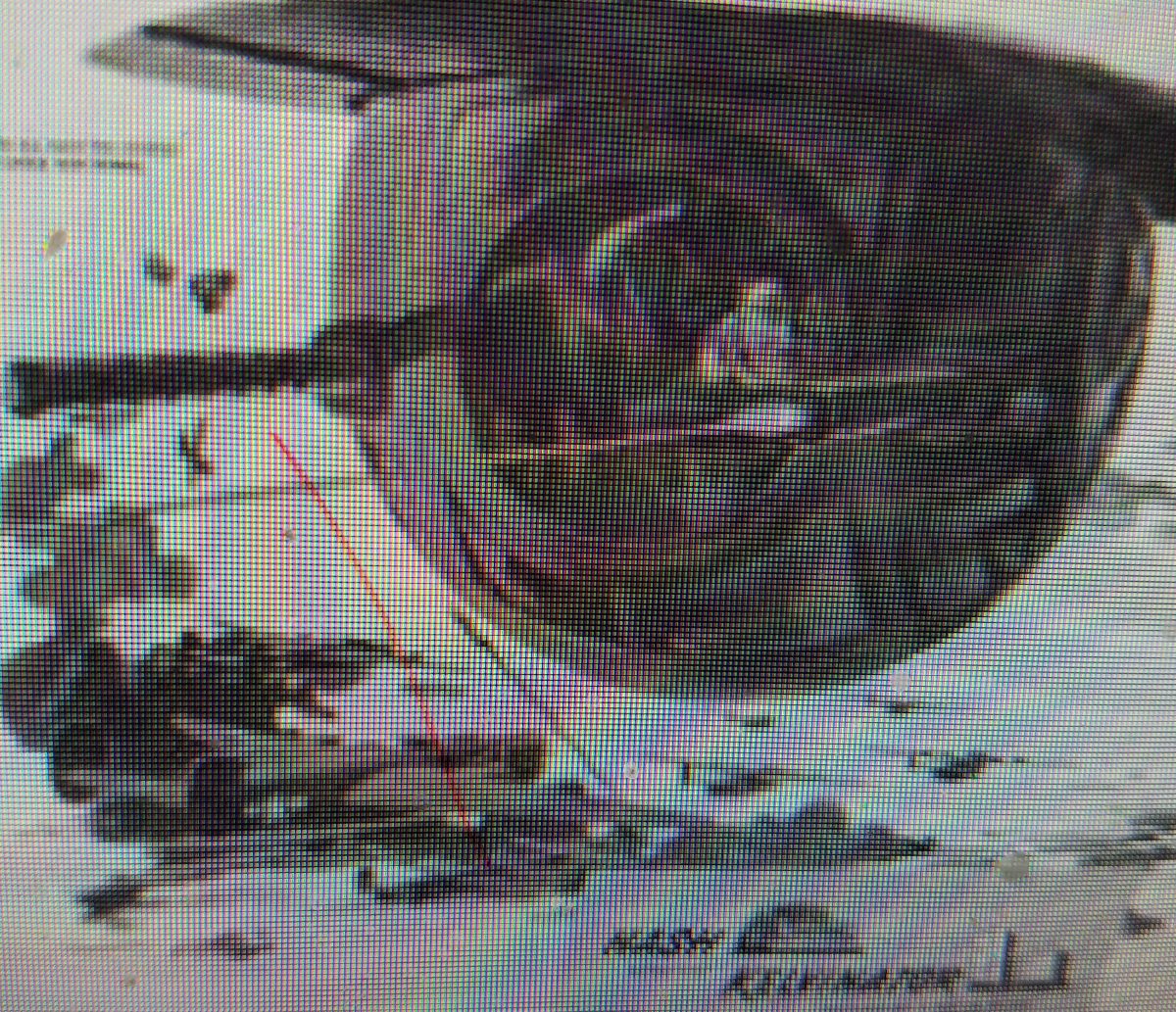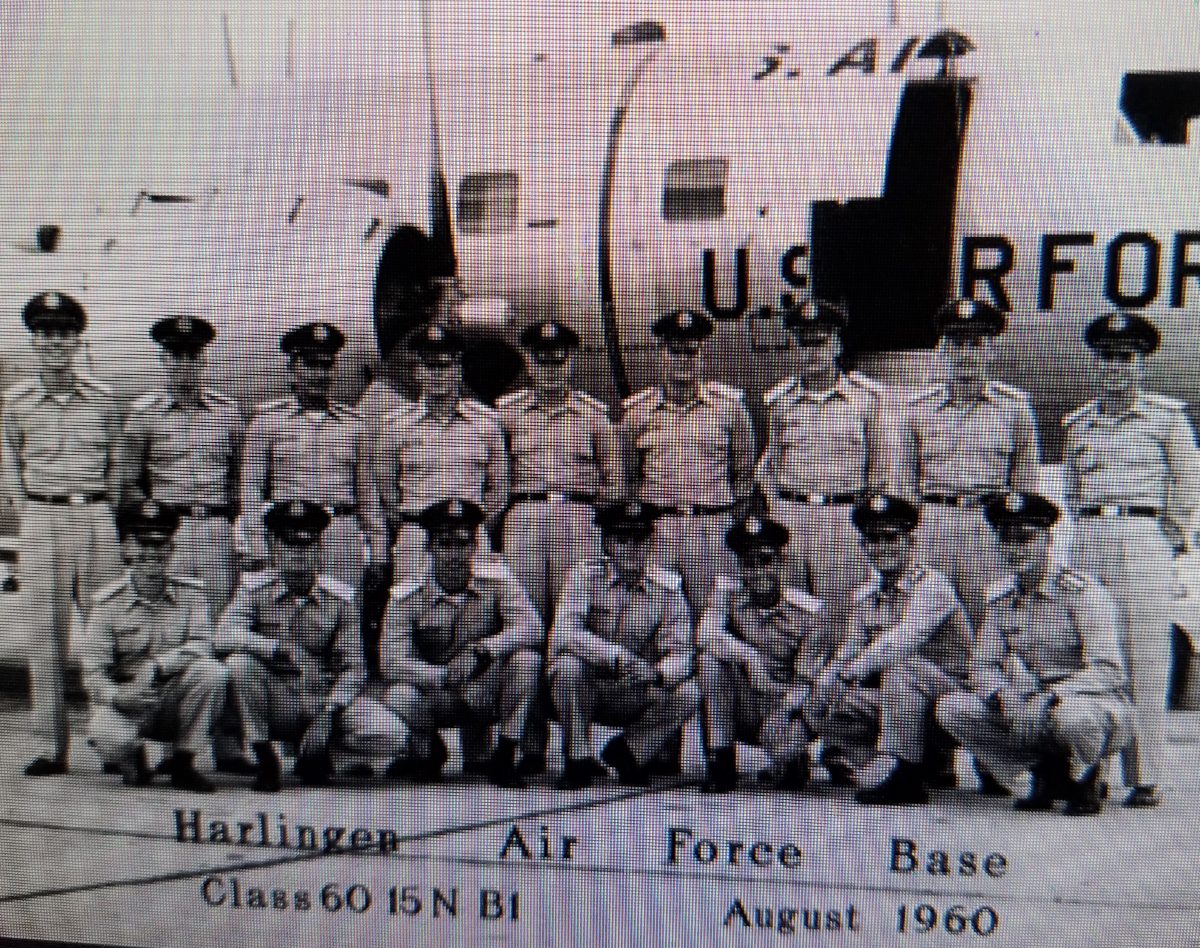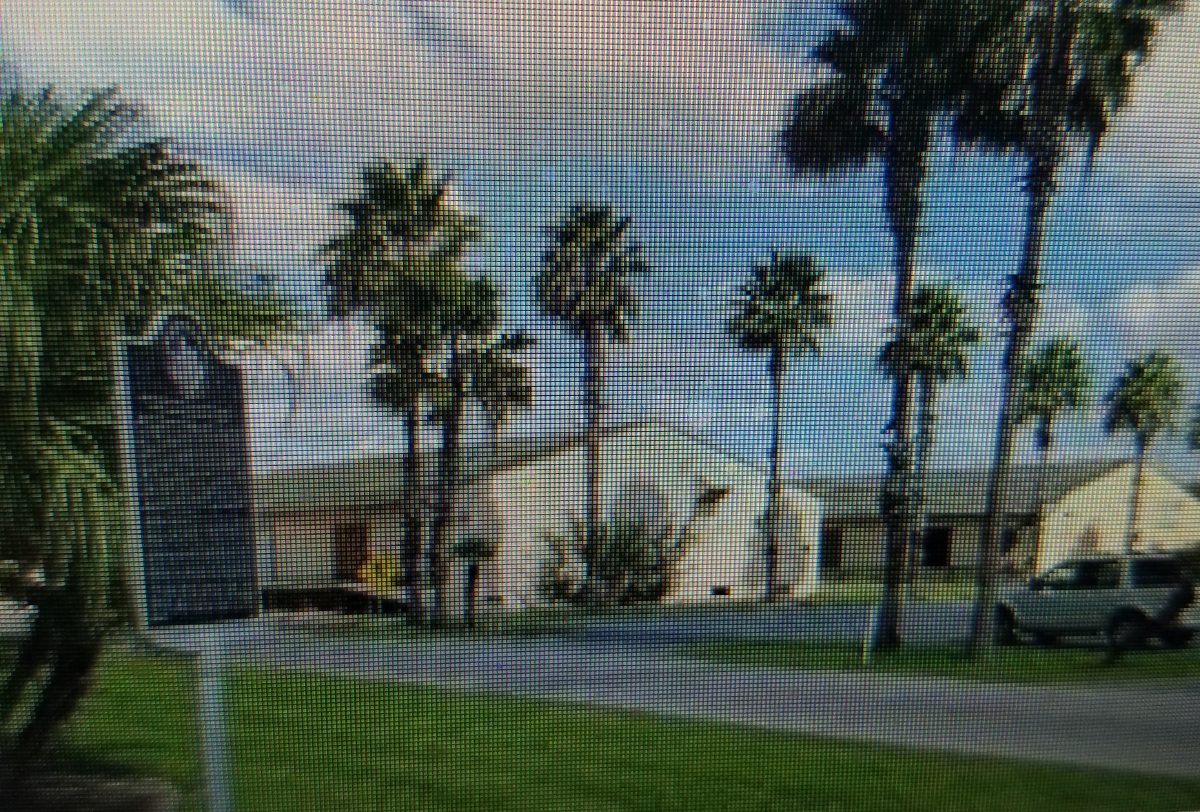By Norman Rozeff & John Bourg, Special to the Star
Harlingen WW2 Air Force Base:Air Base Proposal
In a bold move to boost the local economy, Harlingen mayor Hugh Ramsey led a 1940 effort that proposed the War Department build an air base from scratch in Harlingen.
The timing was right because the war was raging in Europe and the War Department, which included the Army Air Force, was gearing up for war.
Proposal Approved
On May 6, 1941, the War Department approved construction of a $3.8 million gunnery school on 960 leased acres, which would be expanded within 3 years to 1,600 acres. The school had two names: Harlingen Army Air Force (HAAF) base and Harlingen Army Gunnery School (HAGS).
Air Base Construction
Base librarian Mrs. Verna Jackson McKenna wrote, “The city voted a $105,000 bond issue to acquire 960 acres, which was leased to the War Department for the air base.
On June 30, 1941 a contract was awarded to builders Morgan & Zachary, El Paso and Laredo. By October 1941 air base construction was 50% complete. The five airstrips, including one 6,000 feet long, were ready while steel work on two hangars and a control tower was under way.”
Valley Ready Mix, founded in 1941 by Hill Cocke, Sr., poured most of the concrete at the base working non-stop using two small mixer trucks with a total capacity of less than 100 cubic yards a day. Matz Electric completed the electrical work.
Gunnery School Mission
Col. John R. Morgan assumed command of the school. As the base newspaper ‘Hags Howl’ put it, “At HAAF gunner Sergeants, navigators, bombardiers, radiomen, and co-pilots learn the manly art of self-defense with caliber .30 & .50 machine guns.”
Graduates served mainly on B17 ‘Flying Fortress’ and B24 ‘Liberator’ bombers, and late in the war on B29s.
HAAF was one of only three gunnery schools. The others were in Las Vegas and Panama City, Florida.
HAAF Startup
After the December 7, 1941 surprise attack on Pearl Harbor, the nation was on high alert and rapidly gearing up for full-scale war. Gunnery training was critical, so HAAF opened ahead of schedule Christmas Eve 1941.
The air base increased its size each year, until by the end of the war it had 623 officers, 4,230 enlisted men, and 785 student officers. Over 48,000 gunners were trained at HAAF.
First Classes
The initial classes had 600 aerial gunnery trainees in an intense 5 week course, which was extended to 6 weeks in 1943. Head of Training Major William L. Kennedy said, “We will use everything from BB guns to 37 millimeter cannons in training our gunners.”
The first Gunner Wings were awarded to T/Sgts. Robert T. Golay and Eldred Scott. Golay was a gunner during a July 4, 1942 raid on Nazi-held Holland; Scott was a gunner-engineer in Doolittle’s April ’42 Tokyo raid.
WASPs at HAAF
Women Airforce Service Pilots (WASPs) played the important role of flying AT-6 planes to tow targets over the Gulf for gunnery practice. The first 53 WASPs arrived May 1943, and staffing peaked at 90.
Combat Challenge
These young gunners faced a daunting challenge on bombing missions in German-occupied Europe.
HAAF gunners had not been warned of the extreme cold inside the unpressurized bombers flying at very high altitudes to avoid the anti-aircraft artillery. It got down to -40 degrees in parts of the aircraft, which made it difficult to operate the machine guns and could even cause frostbite.
In mid-1942 the U.S. joined the RAF’s effort to destroy Germany’s production capability in the Ruhr Valley. The U.S. bombers flew unescorted, daylight raids into German airspace through 1943.
German Fighter Planes
The inexperienced U.S. bomber crews were met by hordes of Germany’s best fighter planes, Messerschitt Me109s and Focke-Wulf Fw190s, flown by pilots seasoned in the Spanish Civil War, the Battle of Britain, and the Russian Front.
Although the bombers disrupted Germany’s manufacturing capability, the U.S. fatality rate was atrocious. It is estimated that two-thirds of the B-17s involved in those early raids were shot down. (Note: That does not mean 2/3 of the planes were shot down on every raid, but only 1/3 of the planes survived repeated raids.)
American P-51 Mustangs
Thankfully American supercharged P-51 Mustangs were introduced in large numbers as escorts in December 1943. For the first time, Allied fighter planes were equal to, or better than, German fighter planes in speed, climb, and maneuverability.
First Reaction to Combat
Imagine the gunners’ reaction when attacked on their first mission by fighter planes with speeds up to 450 mph compared with HAAF training speeds.
The gunnery positions were designed to withstand fighter plane attacks from every angle, but if a gunnery position was knocked out the bomber was even more vulnerable to scathing fire from fighter planes in addition to
88 mm antiaircraft flak.
The best German fighter pilots disguised their attack angle and approach speed so American gunners had a very short window to bring them down. Imagine a fighter plane coming ‘out of the clouds’ at high speed firing
20 mm cannons.
German Firepower
The German fighter planes were not shooting BBs. By 1943 the Germans had even installed MK108 30 mm supercannons on some fighter planes. It took only a few Mk108 hits to bring down a bomber vs 25 by normal 20 mm cannon shells. Allied crews nicknamed them ‘pneumatic hammers’. Brave is not a strong enough adjective for the HAAF combat gunners.
Gunnery Training
The B17 ‘Flying Fortress’ and B24 ‘Liberator’ had a pilot,
co-pilot, navigator, bombardier, radio man, and six gunners: tail, nose, ball, 2 waists, and top.
Students first learned to fire
.30-caliber machine guns from the rear cockpit of an AT-6. The base later received twin engine B-34 Venturas and Hudson planes that resembled more closely — but not that closely — B17s and B24s.
Advanced Training
The gunners also learned to fire
.50-caliber machine guns, strafe, fire at extreme high and low altitudes, and maintain the plane in-flight. Many gunners were in combat just a few weeks after completing their training.
The school tried to match combat conditions, but there was simply no way to simulate firing machine guns from a fast-moving bomber at much faster fighter planes. In 1943 Bell P-39 Aircobras and Grumman Helldivers were brought in because they were much faster than AT-6s to more closely resemble German pursuit fighters — though their speeds over the Gulf were still a fraction of the speed of German fighters.
Thankfully jet fighters, which the Nazis had developed in top secret by 1939, weren’t seen until 1944 and were never produced in quantity.
Synthetic Training
Ironically, synthetic training was more realistic than actual target practice. Four artificial .50-caliber guns fired bursts at images of attacking fighter aircraft projected on a 20′ by 40′ concave screen. It was like a huge video game decades before video games were invented.
One Trainee’s Memories
HAAF graduate Forrest Clark wrote in a family history website,
“I went to gunnery school at Harlingen, Texas in early 1943, and we used AT-6 planes for gunnery practice over the Gulf of Mexico. We enjoyed skeet shooting the most, but often had to flush out rattlers before getting in holes to fire target pigeons.”
Horrendous Casualty Rates
The unpublicized casualty rates of HAAF graduates were no doubt horrendous. As many as 9,000 were killed and 10,000 taken prisoner.
Almost 5,000 aircraft were lost in WW2, including one of every three B17s. Of the 135,000 crewmen in the European Theatre, 26,000 were killed and 28,000 became prisoners of war. (Editor: I have seen much higher casualty figures, and understand fully why these numbers were kept from the American public during the war.)
Congressional Medals of Honor
Two gunnery school graduates were awarded our nation’s highest military honor, the Congressional Medal of Honor. The first was 5’6″, 130# Caro, Michigan native Maynard Harrison “Snuffy” Smith. He was a ball gunner in a B-17 bombing a Nazi submarine base in Southern France when the plane was engaged by German Fockewulf 190s.
To be continued

